Silla Sori Festival - Emille (신라소리축제 에밀레전)
30.3M 2021-01-08
274, Gyo-dong, Gyeongju-si, Gyeongsangbuk-do
• 1330 Travel Hotline: +82-2-1330 (Korean, English, Japanese, Chinese) • For more info: +82-53-427-5114
Silla Sori Festival mainly focuses on the King Seongdeok Divine Bell (Emille Bell), established during the Unified Silla period, and takes place in Gyeongju, embracing its thousand-year-old heritage. The festival has been held to acknowledge the value and legacy of this traditional Korean bell dating back to the Silla period.
Woljeonggyo Bridge (월정교)
30.3M 2024-10-08
31 Gyochonan-gil, Gyeongju-si, Gyeongsangbuk-do
+82-54-772-9289
Woljeonggyo Bridge, located in Gyo-dong, Gyeongju, was built during the Unified Silla period (AD 676-935), but was burnt down during the Joseon dynasty. Through historical research, the bridge was rebuilt in April 2018 to become the largest wooden bridge in Korea. According to Samguk Sagi (History of the Three Kingdoms), the bridge was built during the 19th year of King Gyeongdeok’s reign (AD 760), connecting Wolseong and Namsan together. The historical research to rebuild the bridge lasted from November 26, 1984 to September 8, 1986, finding that the bridge was made with wood for the first time. The first rebuilding of the bridge was from 2008 to 2013 and the finishing touches were added from April 2016 to April 2018. Through this research and rebuilding process, future restoration of historical buildings have a better reference to use.
Yosokkoong (요석궁)
131.8M 2020-07-14
19-4, Gyochonan-gil, Gyeongju-si, Gyeongsangbuk-do
+82-54-772-3347
Named after Silla King Muyeol's daughter, Princess Yoseok, Yosokkoong serves traditional Korean food. The resturant is run by the Choi family, who settled on the site of Princess Yoseok's house during the Joseon dynasty, and has passed on the restaurant and family recipes through 12 generations. All the foods served are made with organic ingredients, for a healthy taste that cannot be found anywhere else.
Gyeongju Gyochon Traditional Village (경주 교촌마을)
232.8M 2020-11-20
39-2, Gyochon-gil, Gyeongju-si, Gyeongsangbuk-do
+82-54-760-7880
At Gyeongju Gyochon Village, visitors can see the House of the Gyeongju Choi Clan (Important Folklore Material No. 27) and try some Gyeongju Gyodong Beopju Liquor (Important Intangible Cultural Asset No. 86-3). The village centers around the Gyeongju Choi Clan, a family known to have maintained their wealth for over 12 generations, producing many important people. Visitors can learn about the lifestyle and spending habits that enabled the family to do this. The village is also home to the site of Yoseokgung, the house of Silla Princess Yoseok. Nearby attractions include Gyerim Forest, Naemulwangneung Royal Tomb, and Gyeongjuhyanggyo Local Confucian School.
Gyeongju Royal Tomb of King Naemul (경주 내물왕릉)
367.1M 2020-04-04
Gyo-dong, Gyeongju-si, Gyeongsangbuk-do
+82-54-779-6100
King Naemul was the 17th monarch of the Silla Kingdom (in power from 356 to 402) and became the second king of the Kim family name. King Naemul was known as the first king to initiate the king title of ‘Maripgan’ and was known for spreading cultural advancements from China to the Korean people. When the allied forces of Baekje and Japan attacked, he asked Gwanggaeto the Great of Goguryeo for help and led the people to victory, contributing to the increased strength of the Silla Kingdom. After his rule, the throne was exclusively ceded to members of the Kim family clan.
The royal tomb of King Naemul is a large mound (22 m in diameter and 5.3 m in x_height) that sits on the northern hill of the Confucian school of Gyeongju. The edge of a natural stone is exposed around the bottom of the mound, pointing to the fact that the inner chamber tomb was made of stone. In the historical document Samguk Sagi (History of the Three Kingdoms), no records are found about the tomb, but the Samguk Yusa (Memorabilia of the Three Kingdoms) describes the king’s tomb as being located in the southwest of Cheomseongdae, which is consistent with the tomb’s location.
Gyeongju Gyerim Forest (경주 계림)
389.2M 2020-07-06
Gyo-dong, Gyeongju-si, Gyeongsangbuk-do
+82-54-779-8743
Gyerim Forest is located between the Cheomseongdae Observatory and Wolseong Fortress. The forest is thickly populated by ancient zelkova and willow trees rooted on gently sloping hills and along the small stream in the northwest part of the woods. According to legend, the forest is closely associated with myths surrounding the birth of Alji, the founder of the Gyeongju Kim clan. As such, it is designated national Historic Site No. 19.
Legend has it that King Talhae heard a rooster crying from deep inside the Sirim Woods. Chancellor Hogong was sent to investigate. Upon arriving, he found a rooster crying underneath a tree on which hung a golden box. Hogong immediately reported his find to the king, who instructed him to bring the golden box into the palace. The king opened the box and found a small child inside, Kim Alji. The forest, which had previously been called ‘Sirim’ or ‘Gurim’, became known as ‘Gyerim’, ('gye’ meaning rooster). The name Gyerim was also used to refer to the Silla kingdom.
Alji was adopted as the king’s son, but because the crown was passed on to King Pasa of the Park family, he never ascended the throne. The Kim clan later became the royal bloodline with the coronation of King Naemul some years later.
The memorial stone recording the birth of Kim Alji was erected in the third year of King Sunjo's rule in the Joseon dynasty. Located close to the royal fortress of Silla, the forest is still deeply revered as the mystical birthplace of the first ancestor of the royal Kim clan of Silla. Yellow canola blossoms along the path connecting Daereungwon with Gyerim and Banwolseong only add to the magical ambiance of the forest.
Gyeongjuhanok 1st [Korea Quality] / 경주한옥1번가 [한국관광 품질인증]
546.9M 2023-10-25
20 , Cheonwon 1-gil, Gyeongju-si, Gyeongsangbuk-do
+82-10-9505-5367
Standing at the entrance of Cheonwon Village in Gyeongju, Gyeongsangbuk-do, Gyeongju Hanok First is a hanok stay combining the beauty of tradition with modern convenience. All rooms are Korean-style with comfortable bedding on the floor, and all have a toilet and bathroom. One guestroom has its own kitchen, while the others have basic cooking facilities in a shared kitchen. The spacious yard is decorated with figurines in traditional clothes. Nearby tourist attractions include Anapji Pond, Cheomseongdae Observatory, and Gyeongju Museum.
Wadamjung (와담정)
550.7M 2024-08-01
18 , Cheonwon 1-gil, Gyeongju-si, Gyeongsangbuk-do
+82-54-772-5400, +82-10-6571-3412
Wadamjeong in Cheonwon Village, Gyeongju, Gyeongsangbuk-do, is a hanok pension combining traditional style and atmosphere with modern convenience. All rooms have air-conditioning/heating and a bathroom with toilet. The stand-alone guestroom has its own kitchen, while other rooms have basic cooking facilities in a shared kitchen. In the spacious yard - decorated with traditional landscape scenes - visitors can try out traditional games such as Jegi (shuttlecoks) and Tuho (arrow-throwing). Historic sites such as Cheomseongdae and the Gyeongju Museum are all nearby.
Cheomseongdae Observatory (경주 첨성대)
562.2M 2024-11-11
140-25 Cheomseong-ro, Gyeongju-si, Gyeongsangbuk-do
+82-54-772-3843
Cheomseongdae Observatory, constructed during the reign of Queen Seondeok (r. 632-647), is one of the landmark of Gyeongju. The observatory was built in a cylinder shape at approximately 9 meters in x_height. The observatory consists of 365 stones, symbolizing the number of days in a year. The rocks are piled in 27 layers symbolizing the 27th ruler, Queen Seondeok, and the days in a lunar month by adding the of two rock layers on top.
SOSEOLJAE (소설재(첨성대점))
576.0M 2024-08-01
46 , Poseok-ro 1050beon-gil, Gyeongju-si, Gyeongsangbuk-do
+82-10-2237-6560
Located on a side street in Cheomseongdae in Gyeongju, Gyeongsangbuk-do, Soseoljae is a hanok stay combining traditional charm with modern facilities.The larger stand-alone guestroom has its own tea room, while 11 other rooms accomodate 2 or 3 people. All rooms are equipped with a toilet/bathroom and air conditioning/heating, and there is a small cafe at the hanok entrance. Soseoljae is close to Gyeongju Station and Gyeongju Express Bus Terminal and tourist attractions such as Cheomseongdae, Daereungwon, and Hwangnyongsaji are also nearby.
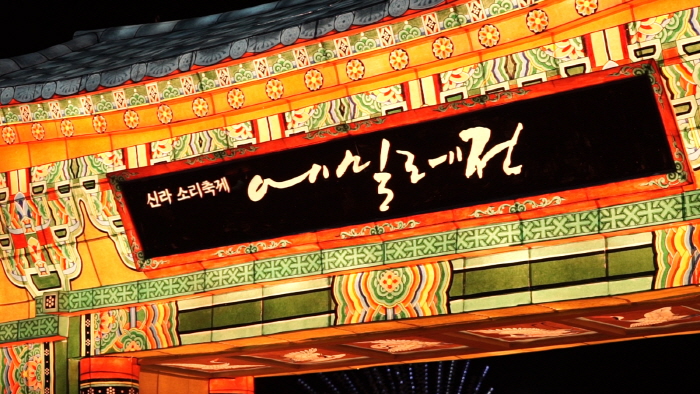

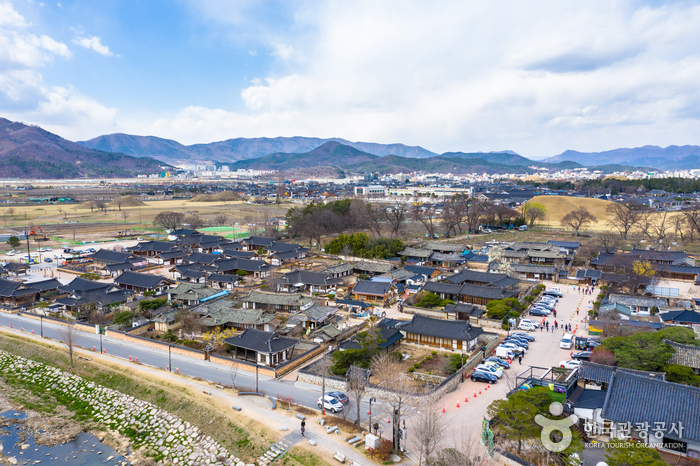
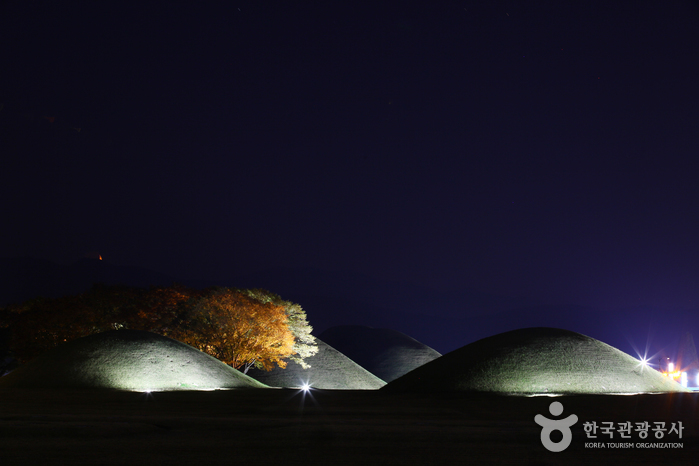

![Gyeongjuhanok 1st [Korea Quality] / 경주한옥1번가 [한국관광 품질인증]](http://tong.visitkorea.or.kr/cms/resource/15/3021415_image2_1.jpg)
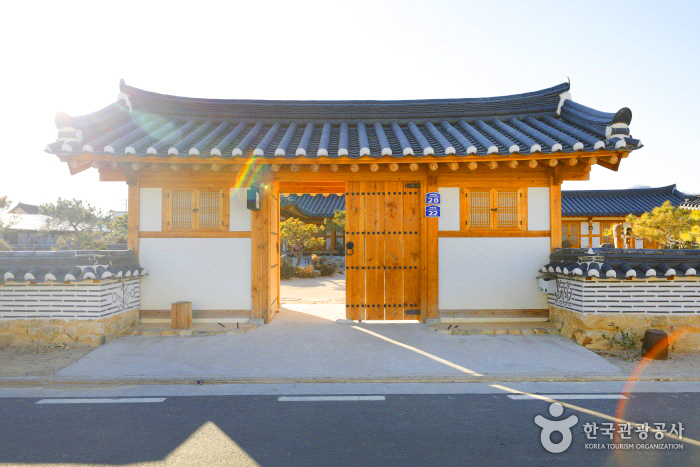
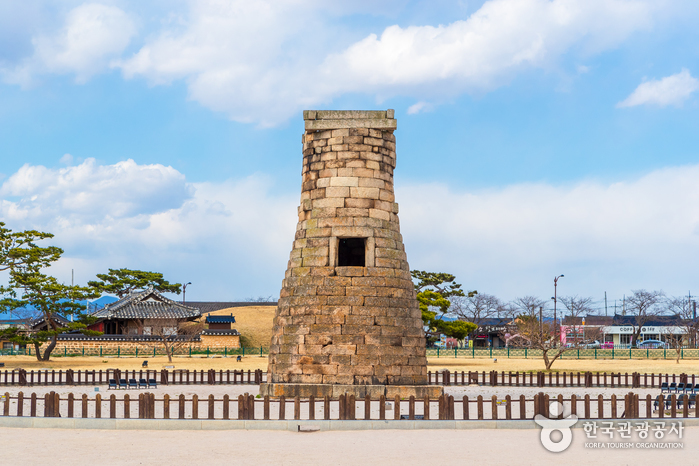
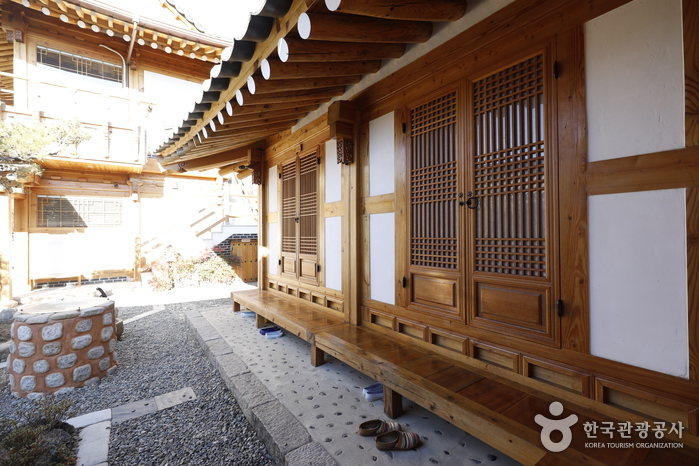
 English
English
 한국어
한국어 日本語
日本語 中文(简体)
中文(简体) Deutsch
Deutsch Français
Français Español
Español Русский
Русский